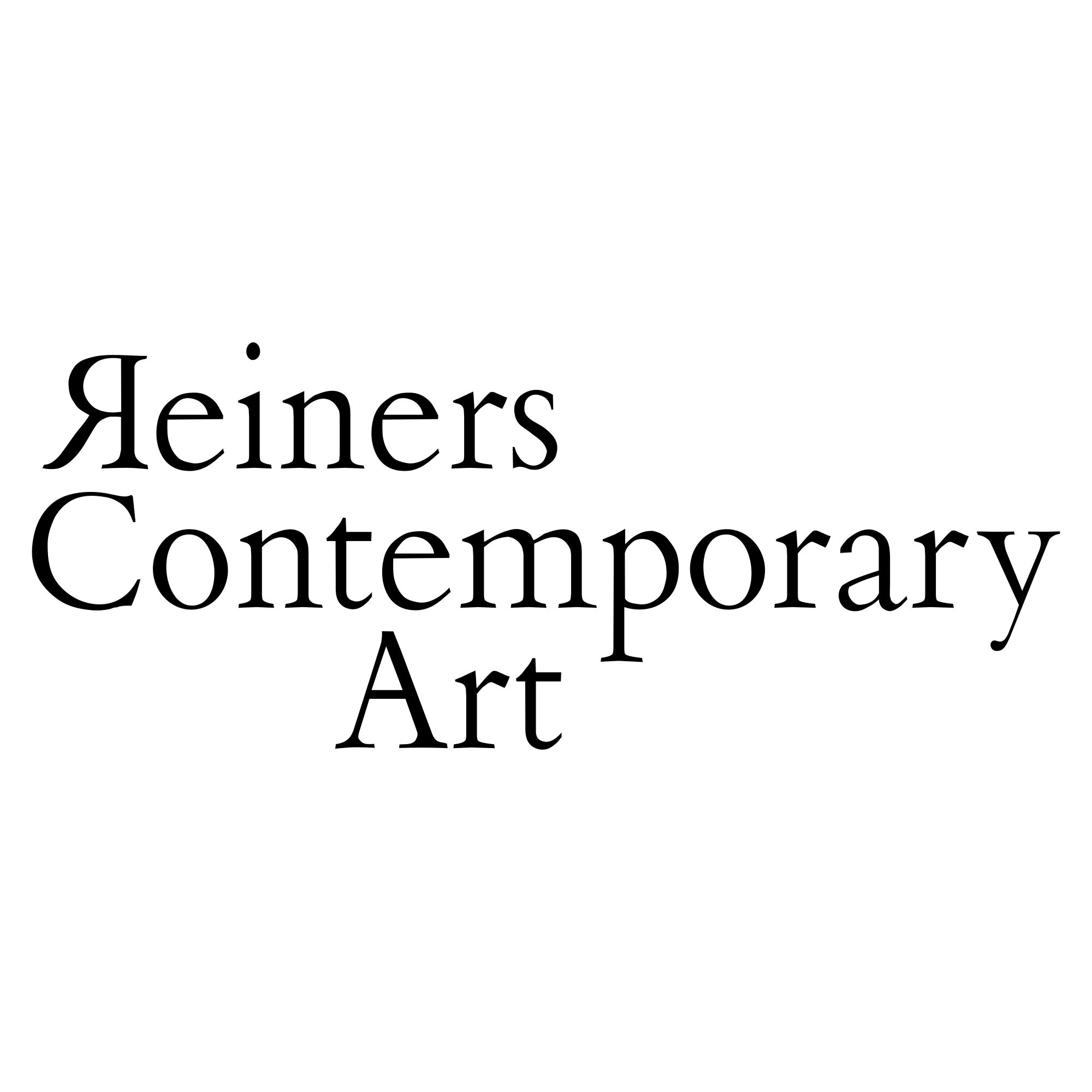In fact, it is not paintings of people or scenes that Bauer creates with the help of photographs, but the photographs themselves that form the subject matter.
Born in Recklinghausen, 1964.
From 1985 to 1993, Frank Bauer studied at Staatliche Kunstakademie Düsseldorf, and in 1992 he was master student under Prof. Gerhard Richter.
Frank Bauer's oeuvre is created and developed in close connection with the artist's keen interest in photography, which is reflected in more than half of his book inventory.
Bauer's use of an episcopist to transfer images to canvas places him in an important lineage: two of his favourite painters, Vermeer and Caravaggio, are believed to have used the camera obscura for their purposes; such virtuoso painters as Canaletto and Sir Joshua Reynolds did the same.
The invention of photography dramatically expanded the possibilities available, but many painters rigorously denied their own use of photography as a visual aid. Bauer, on the other hand, celebrates them: in fact, it is not paintings of people or scenes that he creates with the help of photographs, but the photographs themselves that form the subject matter.
Over the years he has used different types of cameras, "from low-resolution mobile phones to high-end roll film cameras", but most of his pictures were taken with a focal-plane shutter camera, the Nikon FE2. The artist never aims to capture a perfect moment or to produce a technically flawless photograph. Imperfect, often blurred, sometimes overexposed or underexposed specimens present a much more interesting challenge to the artist's technical skills. The strength and authenticity of a Bauer photograph lies not only in the accuracy of its reproduction, but also in its nonchalance.
The first still life, which marked a crucial turning point in Bauer's work, was the study of his own breakfast table, a motif to which he returned again and again, and which has recently given rise to a series of twelve remarkable small-format paintings. Even when a work is based on a more formal study of a friend, the subject seems unaware that he is being photographed.
Also in the studies on the breakfast table, the subject is not the table set awaiting our meeting, but the accidental atmosphere of a meal that has just ended. Formally, Bauer's paintings undoubtedly have much more in common with photorealism than with the Pop aesthetic. Also in response to the gestural excess of Abstract Expressionism, this new movement glorified mundane American motifs such as diners, trailers, tents and chrome automobiles. The first major proponent of photorealism, the writer and gallery owner Louis K. The photorealist uses the camera and the photograph to obtain information. 2. The photorealist uses a mechanical or semi-mechanical instrument to transfer the information to the canvas. 3. The photorealist must have the necessary skill to make the finished work look photographic. Frank Bauer clearly meets these criteria with flying colours, including the use of an episcopic lens to transfer the photographed image to the canvas.
In spirit, Bauer's approach is much closer to Hopper's melancholic scenarios than to those of the photorealists. The German artist's depiction of two people in Hotelzimmer (2008) is strikingly Hopperian, also in terms of the distribution of the figures in different areas of the composition. The atmosphere is reminiscent of Hopper's own Hotel Room (1931) and countless other works by the American, in which the individual is isolated in a claustrophobic space or, in the case of the couples, the figures are strangely separated. There is a strange, shadowy sense of the unsettling that runs through many of Bauer's works, especially evident in The Night Garden (2010), but even the birthday still lifes of 2010 and 2013 seem to harbour dark secrets. Although Bauer is aware of his closeness to Edward Hopper, it was the Italian painter Giorgio Morandi who served as a guiding spiritus when he began his still lifes. He was deeply impressed by Morandi's rigorous tonal gradations, his balanced composition. But there were other references as well. Bauer himself still vividly remembers a highlight of his itinerant childhood: together with his parents, he visited the Pinakothek in Munich and saw works by Dürer and Cranach there for the first time. Later, Caravaggio became his main point of reference, along with a motley artistic contingent that included Vermeer, Manet, Alex Katz, Balthus and the minimalist Agnes Martin.

